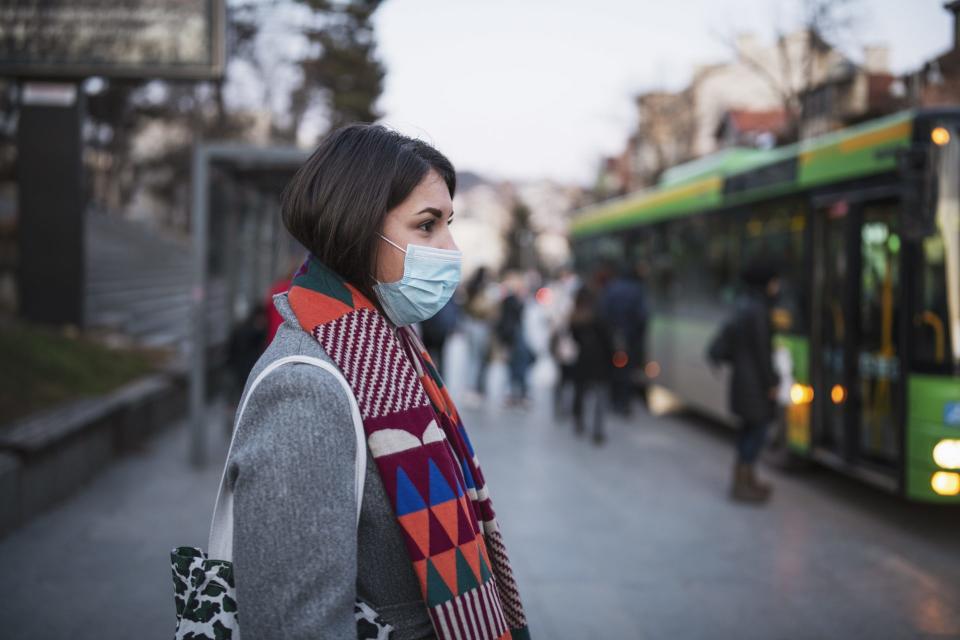How Women in the Workplace are Faring Due to the Pandemic

Though COVID-19 has left many unemployed, it’s had an especially significant impact on women in the workplace. Overall, women have lost a net of 5.4 million jobs during the recession, which is about 1 million more than men. It could take women 18-24 more months than men to get back up to pre-pandemic employment. This is partly due to many mothers having to stop working to take care of their children that are now home, and more broadly due to a lack of gender equity in the workforce.
See All Our Coverage: COVID’s Financial Impact After 1 Year
The Number of Women in the Workplace Hits 35 Year Low
The pandemic caused the largest gap in unemployment rates between men and women since 2000. The unemployment percentage in March of 2020 for men and women aged 20+ was about 4%. However, once layoffs happened in rapid fashion, the rate quickly skyrocketed to its peak at 13.1% for men and 15.5% for women in April 2020. The female labor force participation rate in that same month was 54.6% — the lowest since 1985. In February of 2021, the female labor force participation rate was 55.8%, representing a slight recovery since the pandemic hit, but still as low as it was in 1987.
Exclusive: Nearly Half of All Americans Missed Rent or Mortgage Payments Due to COVID-19, New Study Reveals
Leaving Jobs to Care for Children
School closures at the beginning of the pandemic put 38% of mothers between the ages of 25-44 in the unfortunate position of having to quit their jobs to take care of their children at home. Only 14.2% of fathers the same age had to do this. This makes sense, considering 44% of women reported being the only one in their household to provide childcare versus 14% of men being in the same position.
Important: 22% of Americans Who Lost Their Jobs During the Pandemic Remain Unemployed, Survey Reveals
The Pandemic Has Been Hardest on Women of Color
Women of color saw the most employment fallout from the pandemic. An estimated 60.3 percent of maids and housekeepers, 50.3 percent of nursing assistants, and 45.7 percent of personal care aides are women of color, which were areas either eliminated or endangered by COVID-19. The jobless rate for Black women 20+ was 25% higher than all Americans in that group in 2020. For Hispanic women, it was just under 50% higher. In December of 2020 alone, Black, Hispanic and Asian women encompassed all of the job losses that month.
Talk Back: Do You Think the Minimum Wage Should Be $15? Take Our Poll
Policies in Place Need Revision
The staggering unemployment rate for women during the pandemic can be traced back to workplace policies. Only 21% of American workers have access to any sort of paid leave. Even though Black, Asian and Hispanic women have higher rates of employment, they often have even less access to paid leave and flexible hours than their white counterparts. Even before the pandemic, working mothers only earned 70 cents for every dollar fathers earned.
The hope is that these inequities will be reexamined when women return to the office. Considerations for paid family leave, paid sick leave and more affordable childcare need to be made, or women will continue to trail men in the job market.
More From GOBankingRates
For this article, GOBankingRates took a look at how COVID-19 has affected women’s status in the workplace by analyzing unemployment data from the Bureau of Labor Statistics, labor force participation data from the Federal Reserve Economic Data website and the National Women’s Law Center, data on the division of child care and its impact on work status from the U.S. Census Bureau and WIA Report, data on the concentration of women in low-wage jobs from Brookings, and predictions for the future from McKinsey and Company.
This article originally appeared on GOBankingRates.com: How Women in the Workplace are Faring Due to the Pandemic
